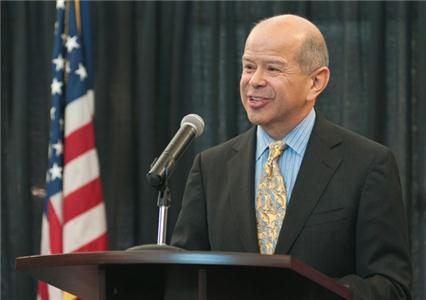 The U.S. Department of Transportation’s Federal Aviation Administration (FAA) has announced that they will form another task force – this one called the aviation rulemaking committee (ARC) to make recommendations on federal drone regulation.
The U.S. Department of Transportation’s Federal Aviation Administration (FAA) has announced that they will form another task force – this one called the aviation rulemaking committee (ARC) to make recommendations on federal drone regulation.
The FAA introduced a proposed rule making over a year ago, and promised to deliver drone regulation by September 30 of 2015: however, regulation has yet to be clarified for a waiting industry. With the introduction of the 2016 FAA Reauthorization package (AIRR Act) and it’s Micro Drone classification proposal currently making its way through the House, it would seem that the agency is going back to the drawing board. The FAA says that it is establishing the ARC in order to “provide a more flexible, performance-based approach for these operations than what was considered for Micro UAS,” and once again promises fast action: the committee is slated to begin work in March, and produce its final regulations by April 1.
“The Department continues to be bullish on new technology,” said U.S. Transportation Secretary Anthony Foxx in an agency press release. “We recognize the significant industry interest in expanding commercial access to the National Airspace System. The short deadline reinforces our commitment to a flexible regulatory approach that can accommodate innovation while maintaining today’s high levels of safety.”
No Micro Drone Classification
While the proposed “micro-drone” class was widely supported by industry stakeholders, the FAA seems unwilling to allow blanket regulations based on size, saying that they have “decided not to proceed with a micro-drone classification.”
“Based on the comments about a ‘micro’ classification submitted as part of the small UAS proposed rule, the FAA will pursue a flexible, performance-based regulatory framework that addresses potential hazards instead of a classification defined primarily by weight and speed,”said FAA Administrator Michael Huerta.
The micro drone rule making committee uses the drone registration task force as a model, and includes many representatives of the drone industry, including major manufacturers, retailers, and associations. The ARC also includes the powerful air line pilots union (ALPA) and the Aircraft Owners and Pilots Association (AOPA.) The ARC will be co-chaired by Earl Lawrence, Director, FAA UAS Integration Office and Nancy Egan, General Counsel, 3D Robotics.
In the FAA’s Q & A Document about the ARC, the FAA defines the committee’s tasks:
The ARC will recommend performance standards and requirements for certain UAS that are operated over people who are not directly participating in the operation of the UAS or under a covered structure.
- Develop recommendations for a performance-based standard for the classification of micro UAS. The ARC should consider, at a minimum, current and past research on human injury thresholds, hazard and risk assessment methodologies, and acceptable levels of risk to persons not directly participating in the operation.
- Identify means-of-compliance for manufacturers to show that unmanned aircraft meet the performance-based safety requirement. The ARC should evaluate the use of consensus standards as a means of compliance, developing standardized test methods, and other means to demonstrate compliance with the standard. The ARC should also consider and recommend how the FAA and manufacturers should determine compliance with the performance-based standard.
- Recommend operational requirements for micro UAS appropriate to the recommended performance-based safety requirement.
Meetings of the ARC will not be open to the public; but the short time frame means that recommendations should be available soon; the agency last promised regulations by “late spring” of 2016. With mounting pressure on the FAA to show efficient progress, this time the rules may actually take effect.
Miriam McNabb is the Editor-in-Chief of DRONELIFE and CEO of JobForDrones, a professional drone services marketplace, and a fascinated observer of the emerging drone industry and the regulatory environment for drones. Miriam has penned over 3,000 articles focused on the commercial drone space and is an international speaker and recognized figure in the industry. Miriam has a degree from the University of Chicago and over 20 years of experience in high tech sales and marketing for new technologies.
For drone industry consulting or writing, Email Miriam.
TWITTER:@spaldingbarker
Subscribe to DroneLife here.







So, no one from the UAS Community is a member of the ARC committee?…interesting.